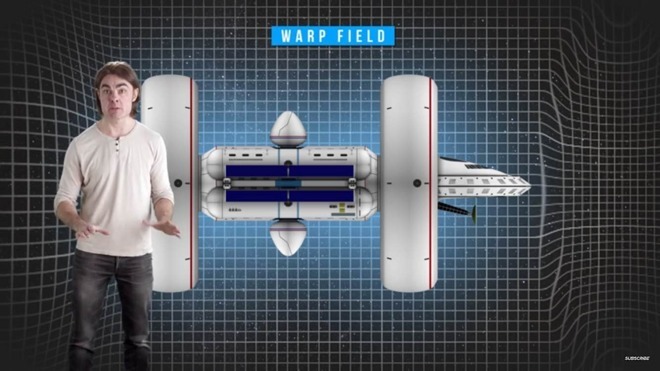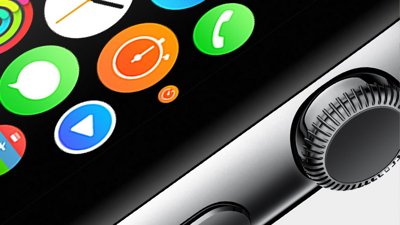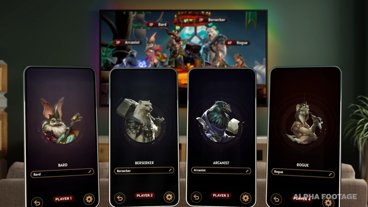T-Mobile on Friday said its new Binge On service does indeed slow down cellular data connections to streaming video sites as some customers have complained, but maintains the feature is an "optimization" to benefit consumers, not data throttling.
In a statement provided to Wired, a T-Mobile representative confirmed that subscribers who opt in to Binge On will see downgraded connection speeds when streaming or downloading video from websites not participating in the service.
Introduced in November as part of T-Mobile's latest "Uncarrier" campaign, Binge On allows customers to stream optimized video at resolutions up to 480p from supported sites without it counting against their monthly data allotment. So far the service has 38 partners, including big names like Netflix, HBO, Showtime, Hulu, A&E and History.
Critics are concerned that the so-called "zero rating" policy flies in the face of net neutrality rules, while consumer groups claim other issues are at play. The Electronic Frontier Foundation this week discovered T-Mobile is slowing down data to 1.5Mbps across-the-board. Videos from Binge On partners are not affected by the slowdown as they are provisioned to serve up 480p content, but attempting to view higher resolution videos from other sites like YouTube results in a poor viewing experience.
T-Mobile, or more specifically CEO John Legere, says critics are attempting to confuse customers by using terms like "throttling" and "net neutrality" to describe Binge On, both of which are apparently incorrect.
"There are people out there saying we're 'throttling,'" Legere said in a video published to T-Mobile's website alongside a blog post. "That's a game of semantics, and it's bullshit."
In addition to posting the expository video and letter, Legere took part in a Periscope live video chat on Thursday to discuss Binge On's backend technology and how it affects end users. Yesterday's session failed to clarify the matter.
For its part, T-Mobile notes customers can turn Binge On off at any time. Further, content providers have the choice of being included in the program so long as their platforms are compatible.
 AppleInsider Staff
AppleInsider Staff








 Bon Adamson
Bon Adamson
 Marko Zivkovic
Marko Zivkovic
 Wesley Hilliard
Wesley Hilliard
 Amber Neely
Amber Neely

 Malcolm Owen
Malcolm Owen
 William Gallagher
William Gallagher





-m.jpg)



13 Comments
I am a truck driver and I had a problem with T-Mobile lately when streaming videos and stuff while on the road hauling cars. When we have down time we have to do something and I choose to watch Netflix and stream videos on YouTube. I really wish T-Mobile would get its act together. :-/
i don't know why this bothers people so much. For most people, they essentially get free data to play videos, and on a small phone screen, the videos are decent quality. For others who want higher def video, they can just turn off Binge On. Data is limited, especially over the air, and this seems like an ideal solution to me.
So how exactly does this work? How is it decided what is part of Binge On and what's not?
My wife just switched to T-Mobile two weeks ago and she has been happy with the service so far. She's coming from Sprint and we live in in the S Fla area.
Binge On is part got her plan so I decided to run some videos from Binge On partners and others who are not. I also ran the same videos on my phone at the same time. I'm still with Sprint. I have a 6 Plus & she has the 6S Plus.
What I found: Her coverage was definitely better and videos ran more smoothly while I did experience periodic buffering. The 480p stream was noticeably worse the the 1080p I was streaming, even on a 5.5 inch screen. That being said, it wasnt terrible. Just ok. Worth putting up with since it doesn't go against her data. Biggest issue: ALL video she streams, weather a Binge On partner or not, was streamed at 480p. Only when connected to wifi did it stream in HD. I think this is the biggest issue. T-Mobile calls it optimizing. Well I don't want ALL my video optimized. I understand it stretches my data because non-partner streams use less since they are coming in at 480p as well. My preference would be 480p for Binge On partners and HD stream for everything else.